#Journey2019: An interview with Sam Willan from StudentUniverse
| By Cat Millar | 20 Comments

Ahead of #Journey2019, we’re going behind-the-scenes with our stellar line-up of speakers. First up, Sam Willan from StudentUniverse.
Hi Sam! First things first, can you tell us a little bit about yourself and StudentUniverse?
I’m Sam Willan, and I’m General Manager of the U.K. business for StudentUniverse. I took on that role in October last year – previously I was Head of Marketing. As a marketer by trade, I still very much oversee the marketing strategy – that’s my primary focus alongside a general brand responsibility in the UK.
“At StudentUniverse, in a nutshell, we’re advocates for young people seeing the world.”
At StudentUniverse, in a nutshell, we’re advocates for young people seeing the world. We believe that travel is essential to modern day education. So the core of what we do is offer unique pricing terms on flights and global experiences to a closed user group of students via our proprietary verification technology.
We started out of Boston, Massachusetts in 2000 as a technology company in the travel industry. The aim was to create a simpler and more robust approach to student travel than the traditional Student ID discount system. It worked really well and we launched in the UK back in 2013.
Can you tell us more about your journey to get where you are today in travel?
So I’ve been with Flight Centre Travel Group coming up on 10 years, but I’ve essentially worked in travel all my life! Prior to getting a “real job”, I was doing ski seasons for 3 years, and then after that I joined the real world of travel.
I’ve worked across a variety of functions, from sales consultant on the front line for Round the World Experts, to content management around 7 years ago within Flight Centre. I then moved to be the Marketing Manager at Travel Club, and after that into youth travel with Gapyear.com. I made the move into e-commerce around 2 years ago with StudentUniverse and have been there ever since.
Based on your wealth of experience, it would be great to get your perspective on the key challenges the travel industry is facing now we’re in 2019.
Absolutely! I’m going to ignore the macro issue of Brexit because I think that’s probably at the top of the list for anyone working in travel, or even across other industries.
Product differentiation is always going to be key – we predominantly sell airline tickets and it’s an incredibly commoditized industry. It’s getting harder and harder to differentiate on product level alone, which is where operating in a niche sector is an advantage. There are also some changes in technology standards through IATA that will allow us to look at selling based on specific consumer’s requirements, so really personalizing based on each individual consumer, which is quite exciting.
Then, travel is an incredibly fragmented industry in terms of the user journey to purchase – I’ve read that any given person will visit 38 sites before committing to a travel purchase. Understanding visitors in the research phase versus those with intent to buy can be really difficult to pinpoint. Online, it’s a real challenge to know if they are just looking out of interest or whether they will go ahead and buy in that session.
“You have to contend with the fact that someone could spend 99% of their time researching with you, but if you’re not meeting their requirements at the right moment, there’s no guarantee they’ll transact with you.”
Brand loyalty is another thing that is really, really difficult. The volume of information that’s available for consumers to research is vast. Then you have to contend with the fact that someone could spend 99% of their time researching with you, but if you’re not meeting their requirements at the right moment, there’s no guarantee they’ll transact with you. It’s harder and harder to capture that loyalty as a brand, and specifically within a travel agency environment where you don’t directly “own” the commodity – and have less control over the physical product experience.
That leads on to our next question… how have you seen consumer expectations of online travel change and why?
It’s very similar to trends across every industry – it’s convenience and service that people are looking for. Ten years ago, we absolutely couldn’t tap a button and then have a taxi waiting two minutes later, but that is just the expectation now and everyone else lags behind, that’s no different with online travel. Travel is one of those huge industries that is lagging behind, certainly retail in that expectation around service, convenience and value.
“People are more willing to pay to have that peace of mind. For example, if they’ve booked with us, they want to know that we can support them throughout their whole experience.”
I think people actually value convenience and service over price point. People are more willing to pay to have that peace of mind. For example, if they’ve booked with us, they want to know that we can support them throughout their whole experience. We know, for example, an air ticket might be booked three to four months in advance to secure the best price, but an experience or hotel is something they’ll want to book much closer to the time. So being able to unbundle all these products so visitors can book at their convenience, but still have everything in one place for when they travel – this is where the expectation is going.
Personalization as well – demographic targeting isn’t enough any more. I think the travel industry is as guilty as anyone – it’s segmenting broadly by age and location and similar. And actually when you dig down into it, you can’t segment at that level and be successful: it’s real personalization that people are demanding now.
So who, in your view, is excelling at meeting these expectations?
There’s a couple. Quite a niche example of someone doing something smart is Delta Airlines. They have an airline baggage tracking functionality within their app. It’s a great product augmentation play: they’ve addressed something that’s a bugbear of so many people, a real pain point when travelling. You can track, in real time, where your luggage is, something that has a knock-on effect on the rest of your travel plans, or if you’re a business traveller what time you’ll arrive at your meeting. So it’s kind of a tiny point, but its ability to have an impact on the customer experience of Delta’s product is huge.
Then, it’s probably cliché to mention, but outside of travel, I think Amazon, where they are standardizing returns, refunds, customer service across a range of distributors and suppliers. It’s a really smart way to work and wouldn’t surprise me if we see someone make similar moves within the travel industry, where are so many disparate parts to pull together.
In the not too distant future we’ll see companies looking to standardize terms, cancellation policies, customer service etc., and so be able to address that fragmentation we talked about earlier.
Can you give us a bit of a sneak preview of what you’ll be speaking about at #Journey2019?
So I’m going to be looking at the hot topic of customer lifetime value in a time when loyalty is declining. Certainly, something we’re guilty of is focusing on that cost per acquisition on a single sale basis, and ignoring the lifetime value the customer still has to brands. How we can start to use data to address this, to personalize the customer journey and improve lifetime value?
And finally, aside from your presentation, what are you looking forward to on the day?
Well, the travel breakout session features James Boyle from Flight Centre, so definitely looking forward to that – he’s a
Thanks Sam!
If you’re lucky enough to have nabbed a ticket to Journey2019 then check out the full line-up here to plan your visit, and we’ll see you on March 13th.
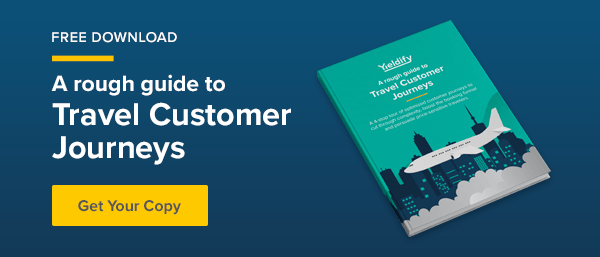



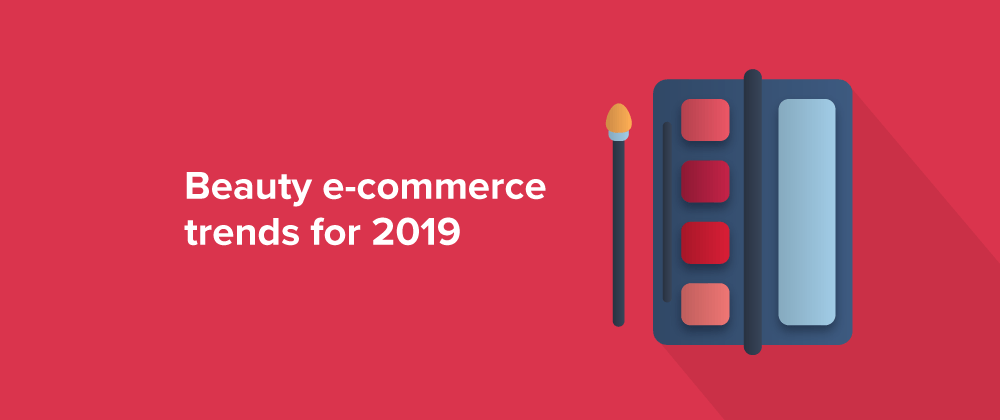
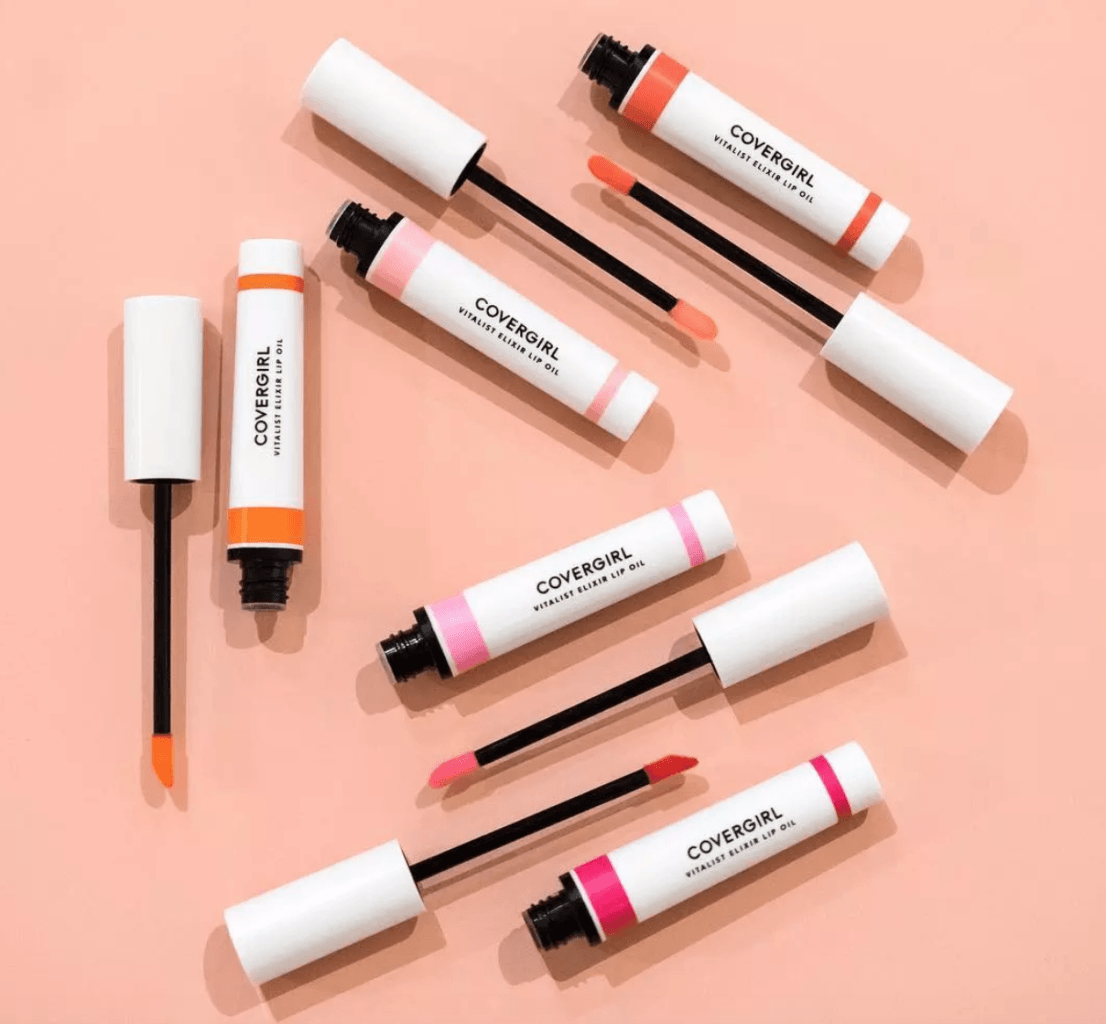
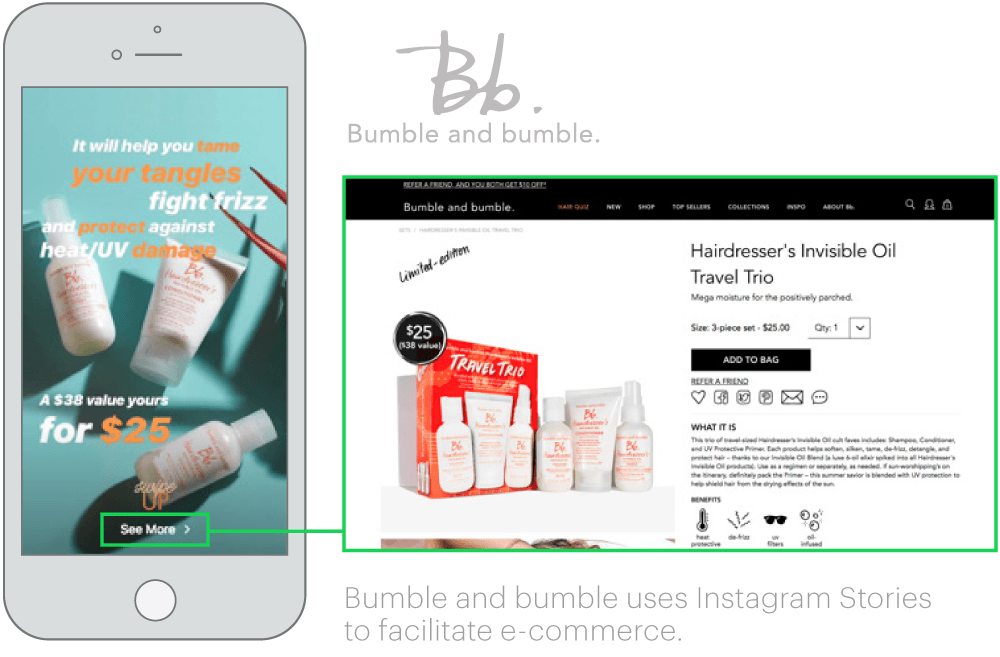
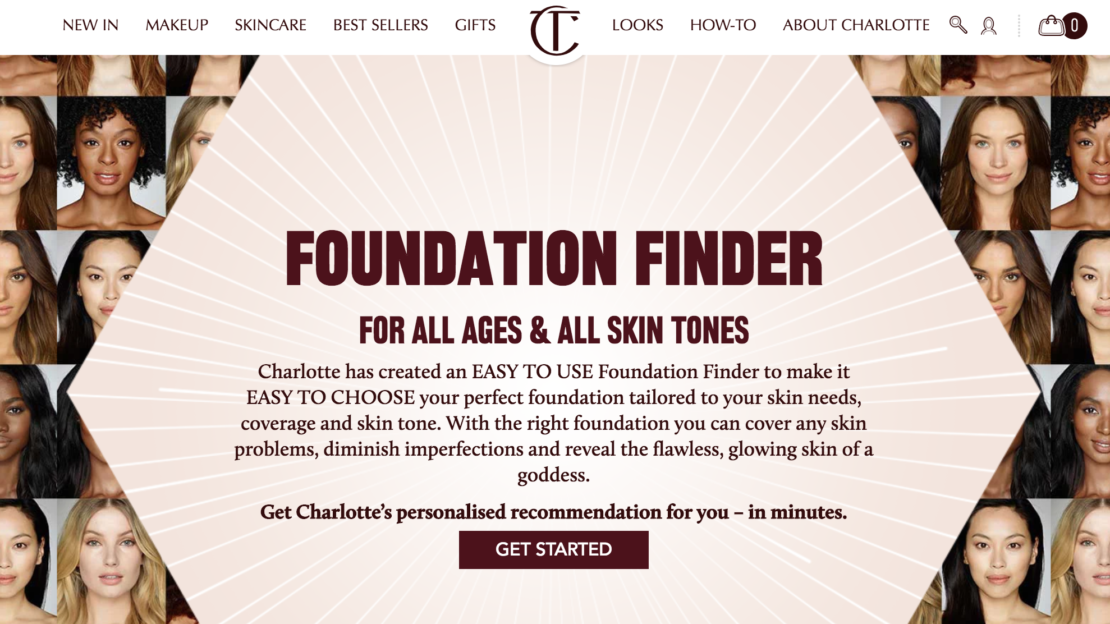
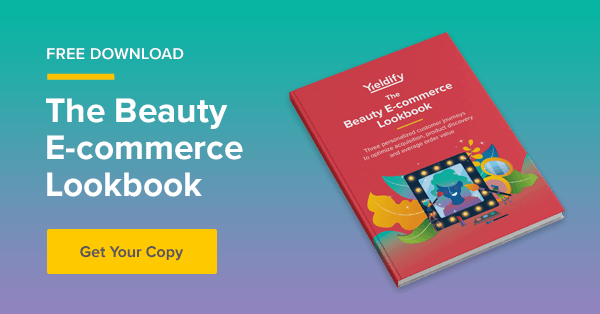
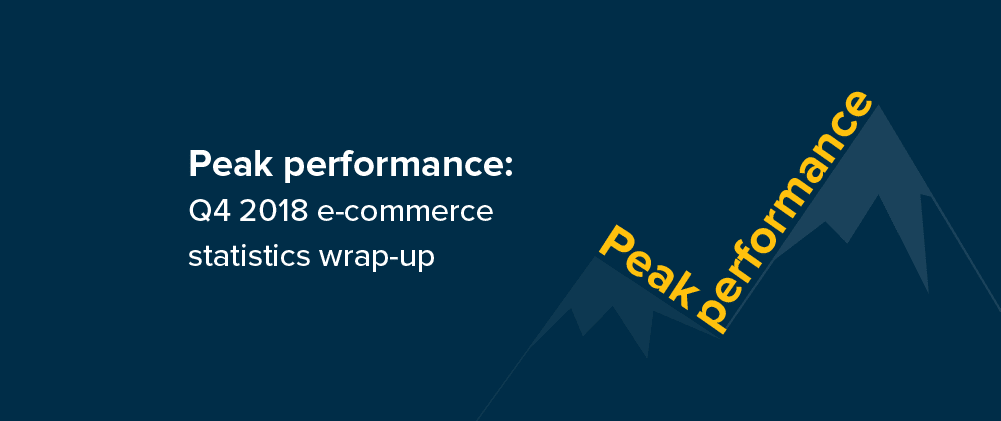

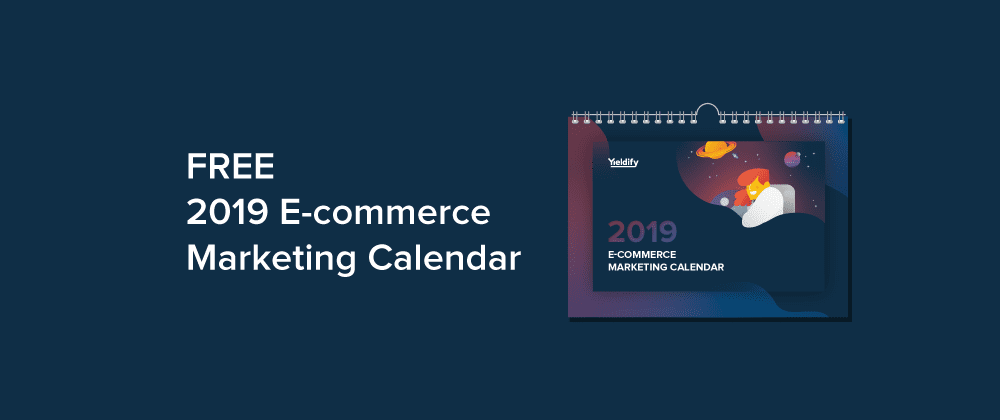
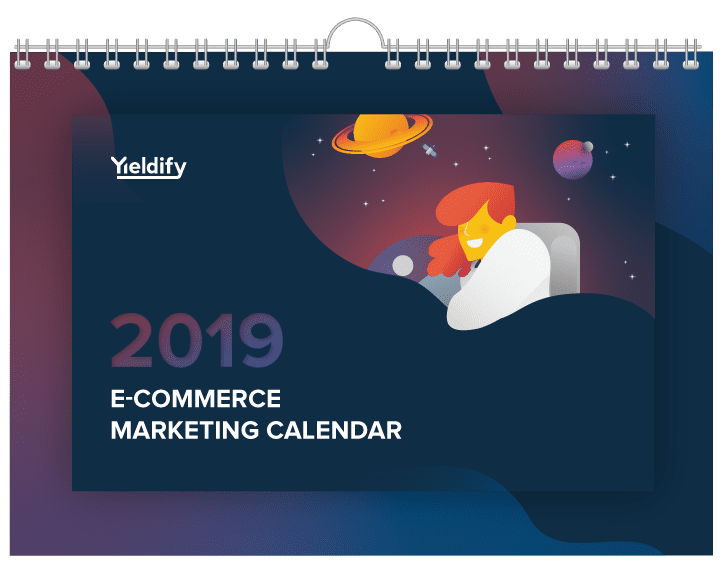
 “
“
 “While designed to help drive conversion, the Soak.com PPC journey campaign had a second objective that was just as important: gaining insights into how PPC visitors responded to different sub-categories within a product range.
“While designed to help drive conversion, the Soak.com PPC journey campaign had a second objective that was just as important: gaining insights into how PPC visitors responded to different sub-categories within a product range. 
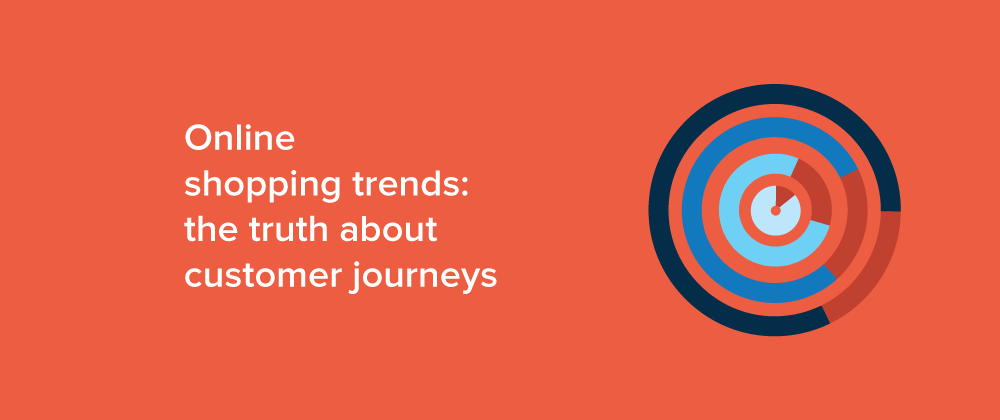


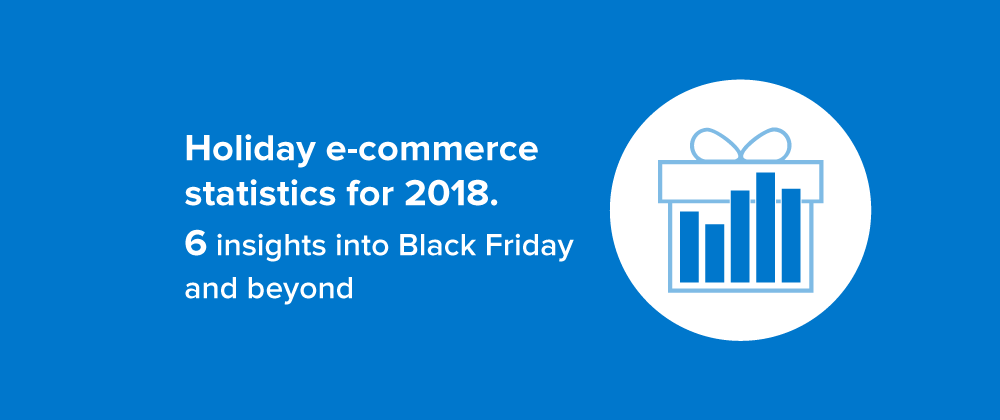
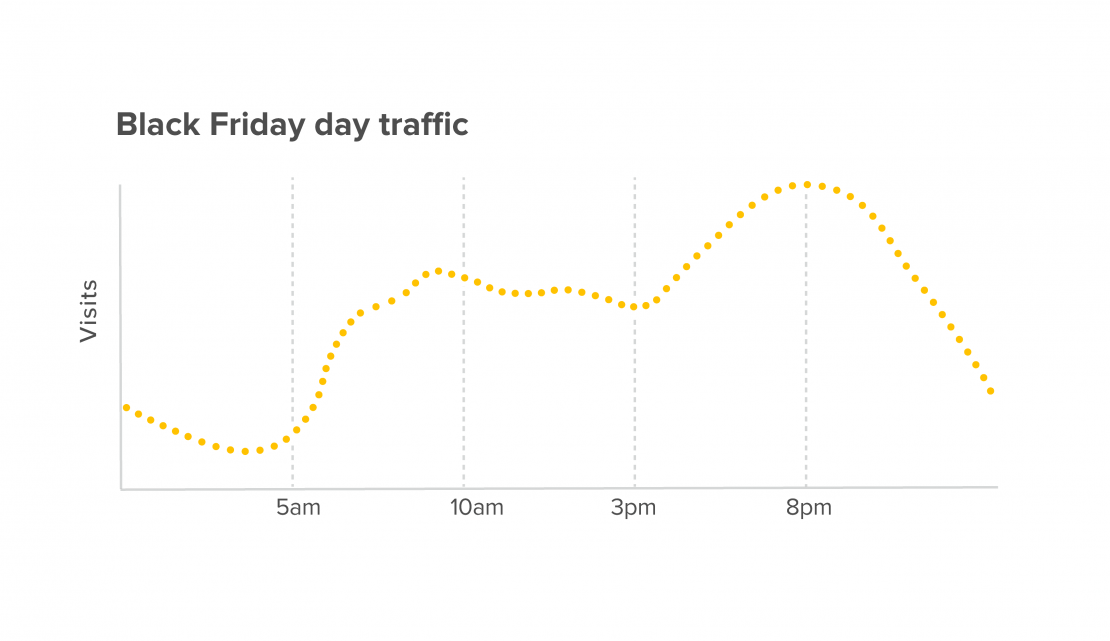
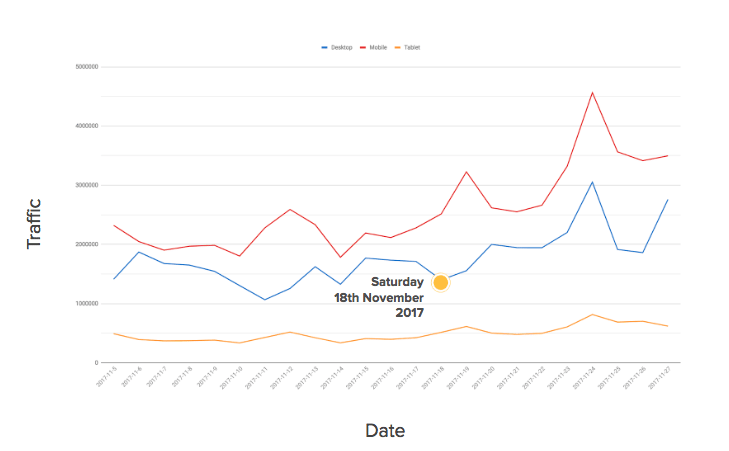
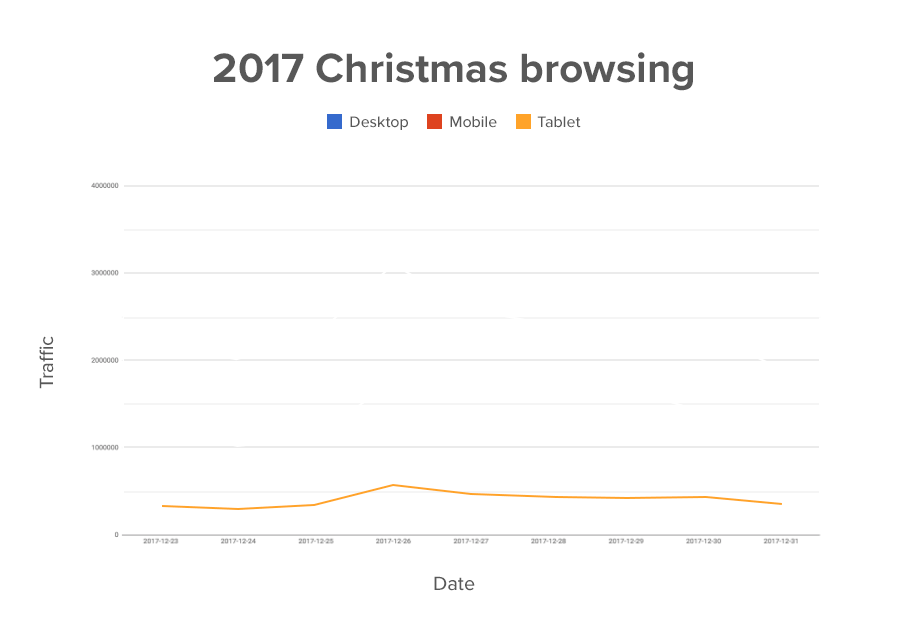


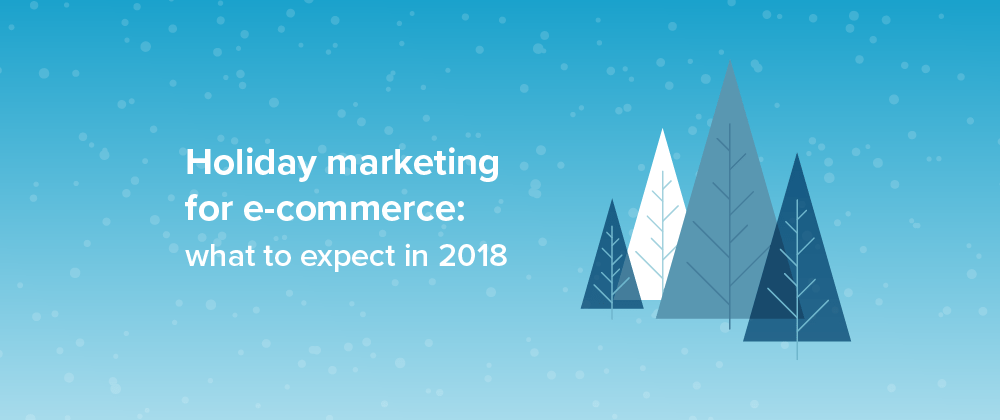


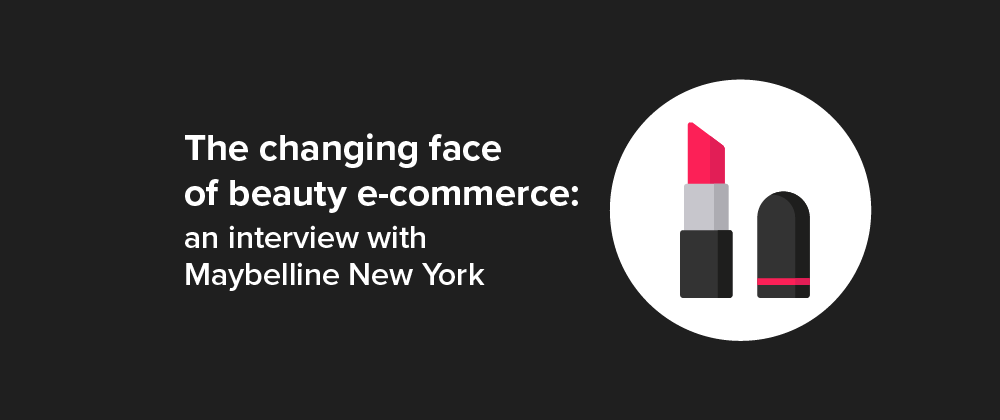

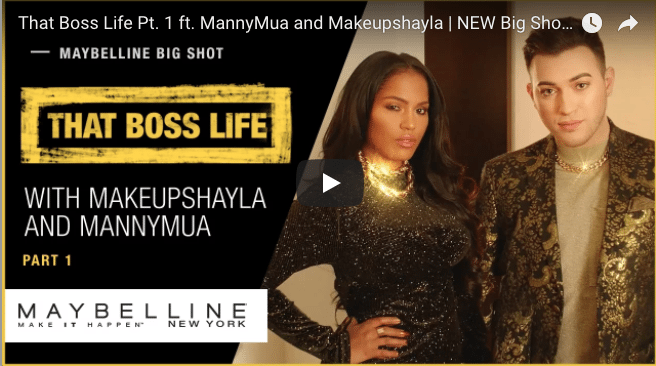
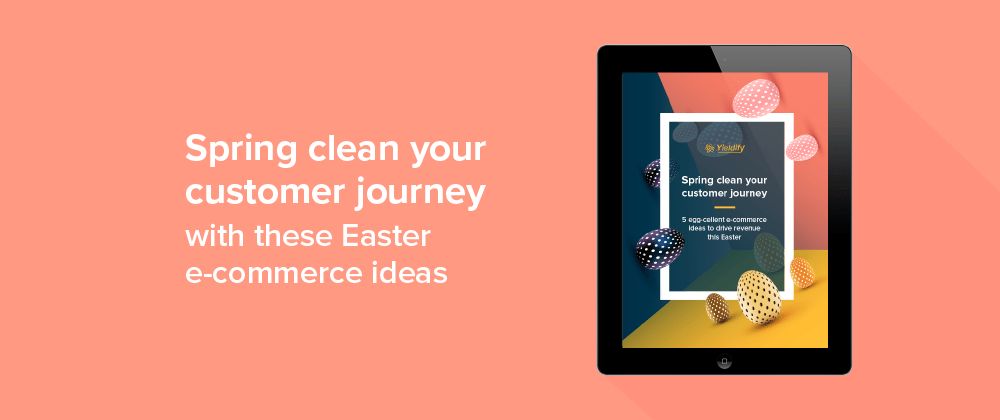
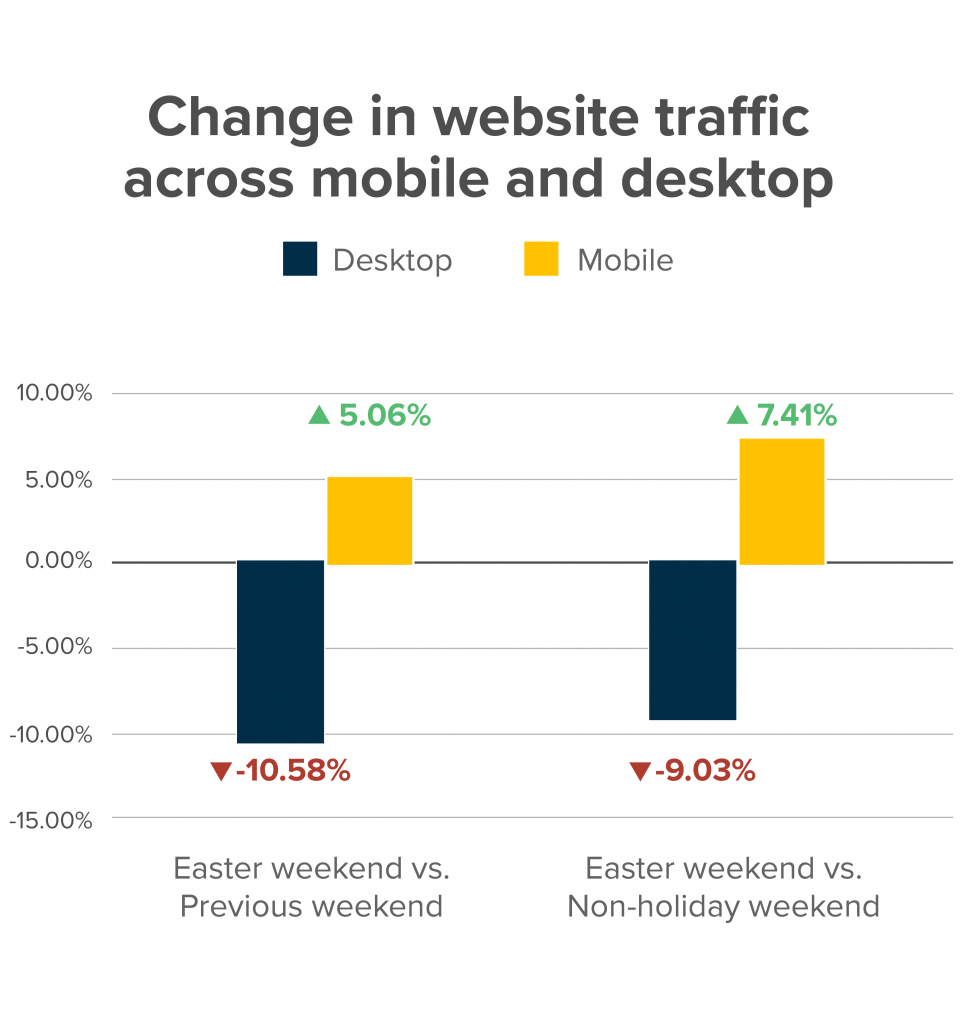
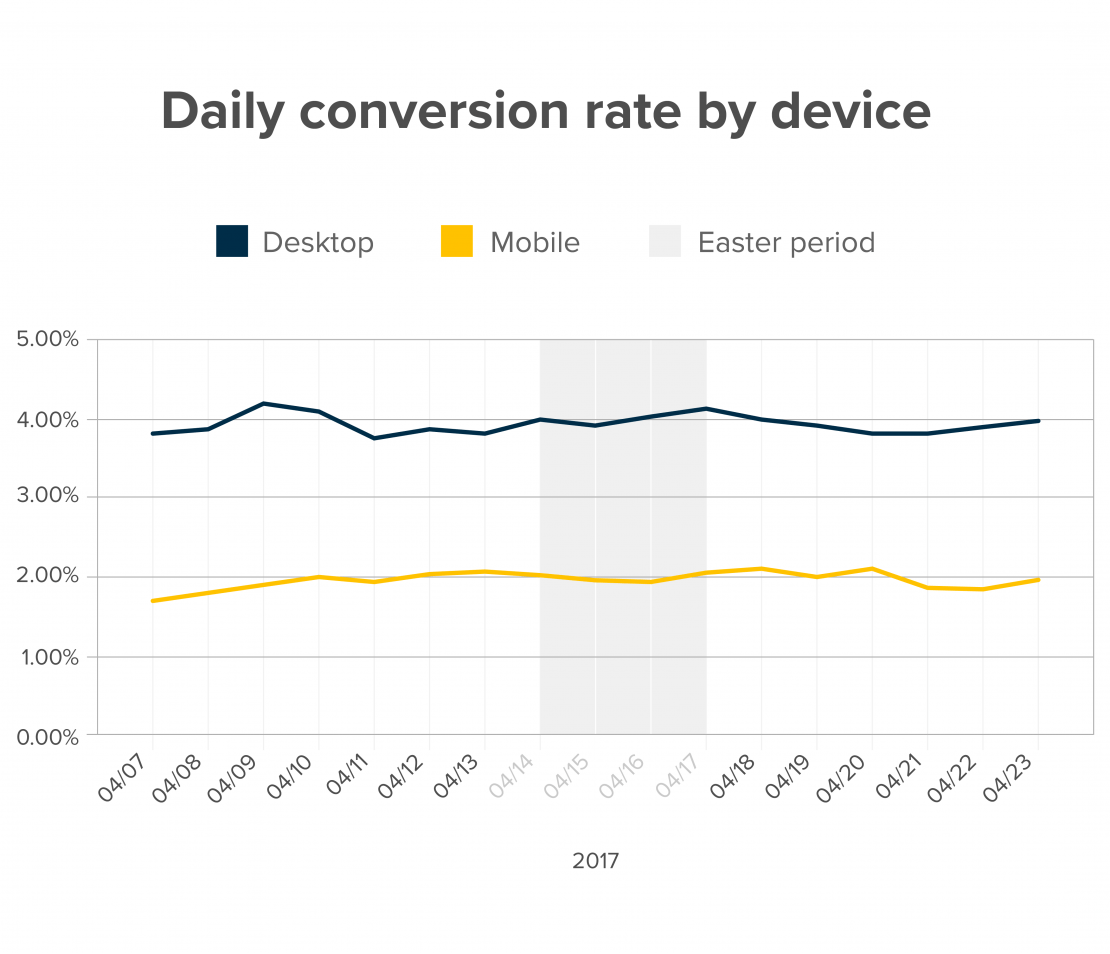
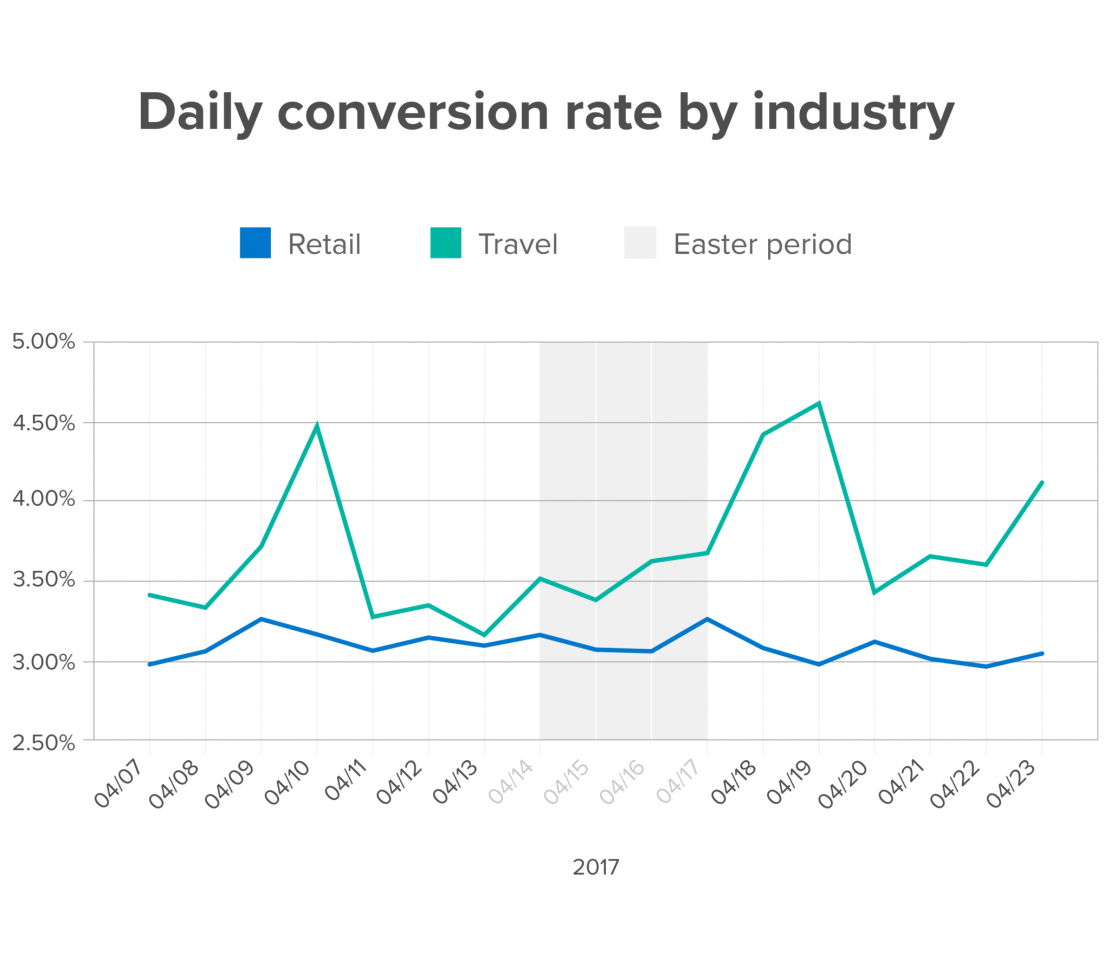

Recent Comments